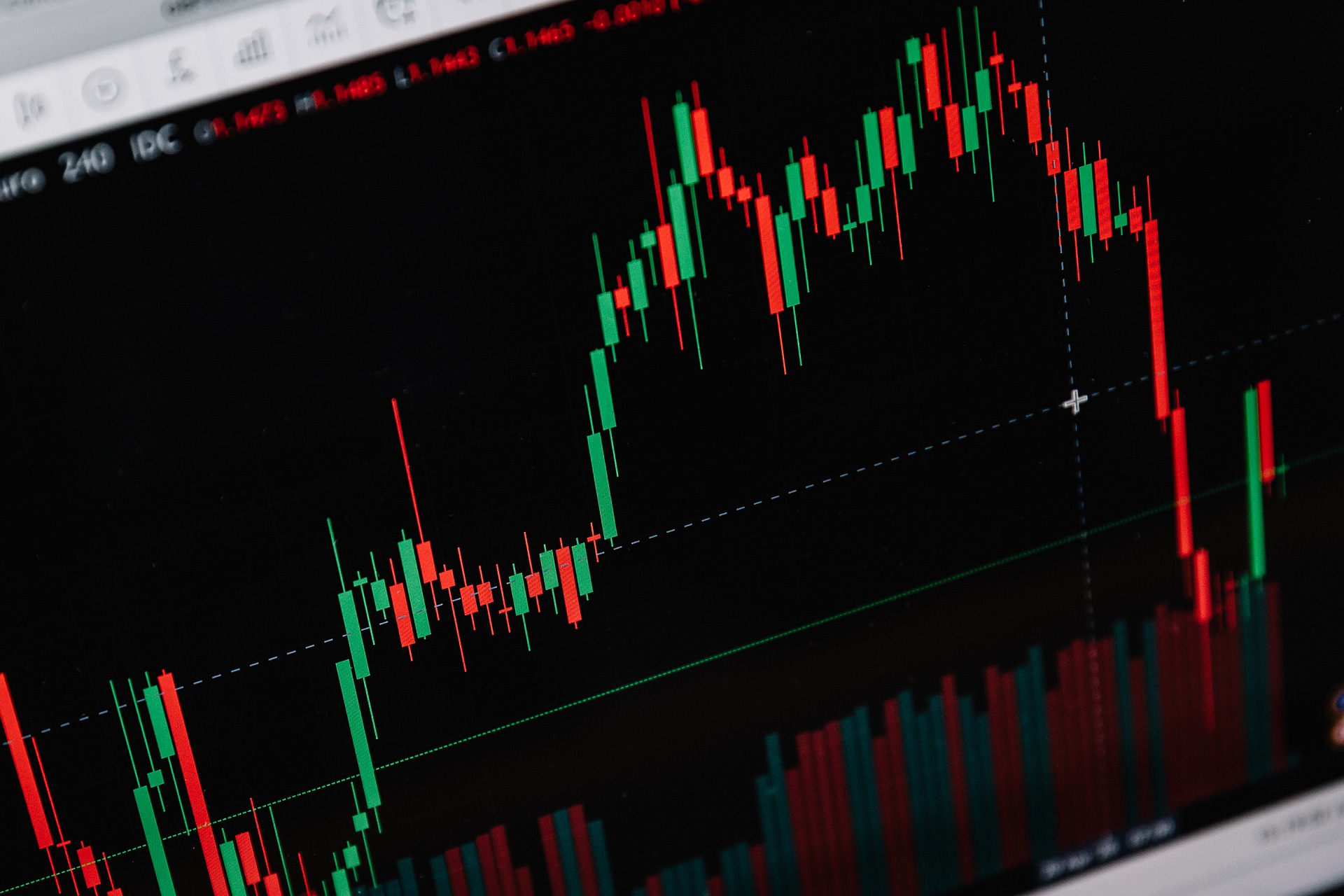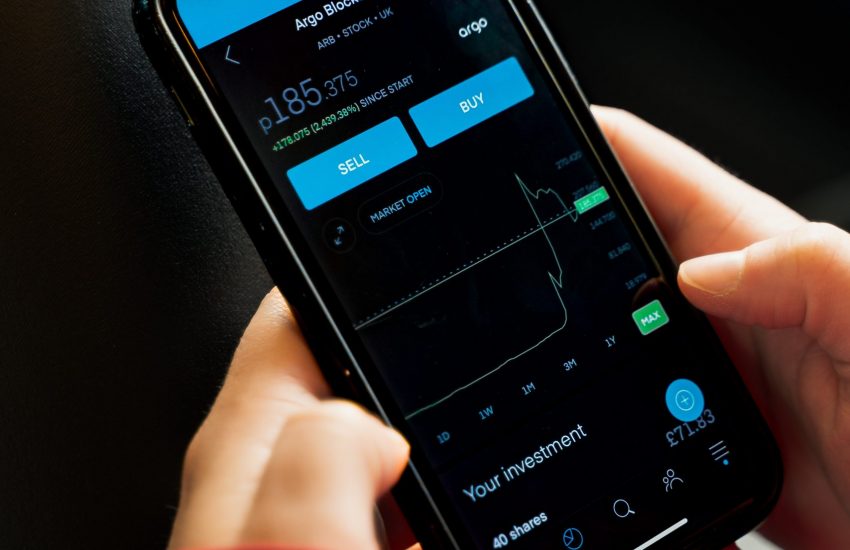HSI index options vs HSI non-delivery forward
HSI is a benchmark used to value the Hong Kong stock market, created by the Hong Kong Stock Exchange in 1988. It has eight sectors: energy, financial services, real estate, consumer goods and services manufacturing, transportation and logistics services, IT and telecommunications equipment manufacturing, drug companies and general merchandise retailers.
The currency for this index is USD. This currency makes HSI different from other currency based indices such as Nikkei 225 or Hang Seng Index priced in JPY or HKD, respectively. This index’s currency is quoted in HK dollars per 100 units [traded on an exchange]. Each component security in the HSI must have at least a 1% free-float factor [this is the portion that can be traded on the open market].
The HSI index is created by multiplying each stock’s free-float factor by its price. This value is then added together to create an overall total for the HSI index.
What is HSI non-delivery forward?
HSI non-delivery forward contracts use physical stocks but allow investors to get paid through cash instead of owning actual stocks. It is usually contracted for different months.
For example, if a trader were to buy a contract for May 2015 HSI Non-Delivery Forward at 2105 (bid price), then that person would get paid 100 x 2105 = 210,500HK at the end of May 2015; even though they never actually physically own the stocks represented by the index.
The buyer of this forward contract locks in their selling rate, so they know precisely how much cash will be due to them each month until the settlement date arrives. The seller has to hold the actual stock during this period and take on all risks associated with holding those shares or future fluctuations in share price. At the start, an arbitrary notional value is assigned to these contracts; it does not re-adjust as time passes.
What is the difference between HSIs and non-delivery forwards?
HSI index options and non-delivery forwards both represent the HSI, but in different ways. They’re like siblings that happen to be raised together by the same parents. One person might take after their mother while the other takes after their father; they share common traits and have unique characteristics that make them stand out from the crowd. This is something that makes them who they are today and will continue to make them who they’ll be in the future. Even though their past and present lives may be somewhat similar (i.e., Both products track an index), there will always be a difference between what made them stand out in their childhood and how it influences what makes them stand out today.
Much like how we can’t judge a book by its cover, we can’t exactly say which is better and worse because they both serve their unique purposes and help us understand the field in different ways. While index options might be more of an acquired taste that only specialized traders will truly comprehend, non-delivery forwards are very popular with everyone. A lot of people prefer them because they’re very low risk compared to index options.
What does this all mean?
HSI Index Options vs HSI Non-Delivered Forward contracts are two completely separate products from the same parents but have different mothers and fathers. They both share some similarities but have different traits that make them who they are today. Which is better? As the saying goes, you can’t judge a book by its cover; it’s difficult to say which product is superior because they each serve their unique purpose in helping us understand things further.
There are two main types of HSI Index Options available: cash-settled index options and physically delivered index options. The former allows investors to get paid through cash instead of owning actual stocks, while the latter involves holding physical stocks during the contract period.
HSI Non-Delivery Forward contracts don’t have any tangible assets backing them up at all; they’re just derivatives products that only serve the purpose of tracking the HSI Index. This makes them very different from index options, which have tangible assets backing them up.



